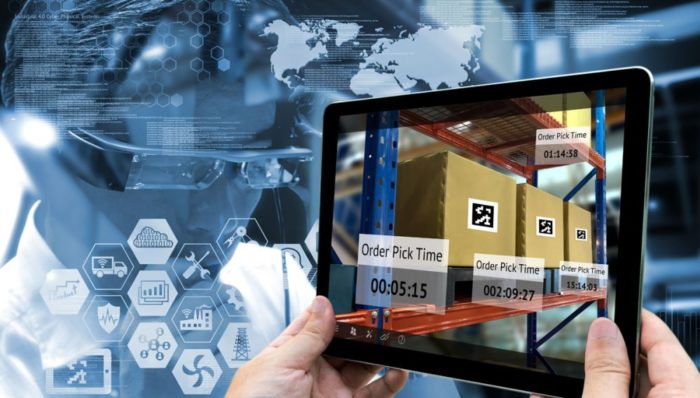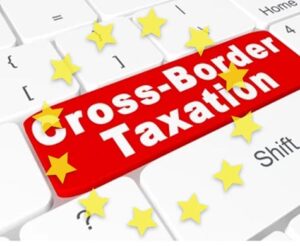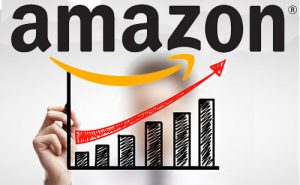If your company sells products, you’ll need a place to keep them. Most often, this is in a fulfillment center, distribution center, or warehouse.
You can acquire land, lease a building, recruit employees, buy equipment, and convince clients to buy from you, but that’s not all. The success of a company is determined on how well it manages its warehouse.
It doesn’t matter if you have the most sophisticated, cutting-edge warehouse in the world if it isn’t running efficiently. You’ll be stuck with underperforming employees, a low profit margin, expensive operating and logistics costs, inefficient management, and shattered customer connections.
What is ecommerce warehousing?
The storage of physical items before they are sold online is referred to as ecommerce warehousing. Warehousing entails not just storing products safely and securely, but also keeping track of where they are, when they arrived, how long they’ve been in stock, and the quantity on hand at any one time.
What is the definition 3PL?
3PL is a service that allows you to outsource operational logistics from warehousing to delivery, allowing you to concentrate on other aspects of your company.
Third-party logistics companies provide a wide range of services related to supply chain logistics, includes Transportation, warehousing, picking and packing, inventory forecasting, order fulfillment, packaging, and freight forwarding.
What is the definition of Ecommerce Warehouse Management?
The term “ecommerce warehouse management” refers to the day-to-day activities of a warehouse, which include (but are not limited to!) the following:
- Managing and training warehouse employees.
- Inventory, equipment, and safety are all things that need to be managed.
- Maintaining and building partnerships with shipping companies.
- Keeping the products safe.
- Shipping volume and labor demand forecasting
- Obtaining licenses and certifications.
- Scaling operations as the company expands.
- Observing all applicable safety rules.
- Keeping track of inbound and outbound shipments on a daily basis.
- And there’s a lot more.
Essential processes for a Ecommerce Warehousing
Outsourcing logistics to a third-party logistics (3PL) provider is one option to streamline your ecommerce supply chain, including warehousing. Working with a 3PL enables you to automate and control all of your ecommerce logistics activities, including warehousing, inventory management, order fulfillment, and more, through a single partner.
Some of the advantages of outsourcing ecommerce warehousing and fulfillment to a third-party logistics provider are listed below.
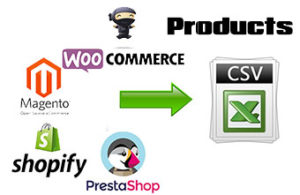 1. Integration with e-commerce.
1. Integration with e-commerce.
Many 3PLs have direct integrations with major ecommerce platforms such as BigCommerce. When a customer places an order on your website, the information is sent to a third-party warehouse or fulfillment center. The order is then picked, packed, and dispatched from the warehouse to the consumer.
Inventory counts can also be automatically synchronised between the 3PL’s software and your online store thanks to this connectivity.
 2. Inventory management
2. Inventory management
Inventory tracking is the process of keeping track of stock levels in order to determine which SKUs you have in your warehouse and where they are stored.
Inventory management tells you how much merchandise is ready to ship right now if a client placed an order, as well as when you should order more depending on expected volume.
A 3PL can relieve you of inventory management by storing and shipping your products for you. Tracking inventory levels, purchasing and refilling inventory, and estimating future demand are all part of this process.
 3. Receipt and storage
3. Receipt and storage
Any warehousing operation must be able to collect inventory or freight from trucks at loading docks and stash it away in a storage area. A warehouse management system must be able to scan each new box received and record the inventory quantities.
It will then be transported to its short-term or long-term inventory storage facility and scanned once again. Each user should be given explicit instructions on how to receive, unpack, retrieve, choose, pack, and ship inventory using warehouse management software.
 4. Picking and packaging
4. Picking and packaging
In a warehouse, picking and packing are two essential duties. To collect things in the most efficient manner, a warehouse management system should generate pick lists for each picker. Zone picking, wave picking, and batch picking are examples of this.
The picker will receive a packing list detailing the items purchased as well as warehouse storage locations for each new order. The picker will pick up the ordered items from their various locations.
After an order is picked, it is given to a packer, who is in charge of securing the items in a box or poly mailer, adding any necessary packaging materials, and applying a shipping label.
5. Ship to marketplaces.
Some 3PLs interact with large online marketplaces in addition to ecommerce platforms. You can instantly sync your orders and inventory if you sell on Amazon, eBay, or ETSY. If you sell on numerous platforms, this is extremely handy because you can keep, manage, and track your inventory all through one source and software.
 6. Tracking of orders.
6. Tracking of orders.
When your 3PL dispatches an order, the tracking information is sent back to your ecommerce business and shared with your customers.
7. Information gathering and reporting
Across the warehouse, a warehouse management system should give out-of-the-box operational and inventory reports. This could include order fulfillment accuracy (total mis-picks, mis-packs, etc. ), courier delivery rate on time, percentage of returns, total orders fulfilled by the hour to gauge staff efficiency, orders dispatched on time, and so on.
There are additional reports on people’s operations, such as inventory forecasts to better understand labor management and staffing requirements. With a warehouse management monitoring system, you can easily see who has completed safety training, who has licenses and c
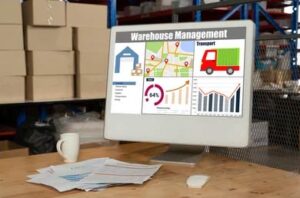
ertifications to operate specific equipment, and what other regulatory criteria you need to meet.
8. Scale up as your business expands.
You’ll need more space to keep your inventory and more people to oversee ecommerce fulfillment as your online store expands and order volume increases.
Common errors when you dont do Ecommerce Warehousing with a specialized 3PL company
Whether you keep goods at home or rent warehouse space, if you don’t have the right warehouse and inventory management systems in place, things may quickly go wrong. If you don’t have effective warehouse management in place, here’s what can happen:
1. Inventory is misplaced.
Every product variation on your site’s storage location is tracked by an ecommerce warehouse management system. Inventory can be misplaced if you don’t have this technology in place, especially as your company and product catalog increase.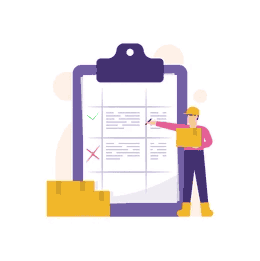
2. Incorrect inventory is shipped.
You may mistakenly ship the wrong things to your clients if you don’t maintain good track of your inventory. This may deter first-time customers from returning, as well as drive away regular customers.
Investing in warehouse management can improve your bottom line by improving customer experience.

3. There is insufficient storage space.
Many small enterprises are running out of room to store products at home. A customer that sell supplements to loose weight, fell into this problem:
“We couldn’t even put another person in my garage since it was full capacity. I could have rented a warehouse and expanded into it, but given our seasonal nature, which required us to build up our fulfillment and labor every year, I realized I needed to locate a 3PL partner.”

4. Stock-outs or inventory over-purchasing
Strategic ecommerce warehouse management can assist you in determining the amount of inventory you should keep on hand. Stock-outs might occur if you have insufficient inventory, which means you’ll miss out on possible online sales. If you have too much inventory, you risk having outdated inventory that you can’t sell, specially if your inventory have an expiration date.
Spainbox can help you outsource your warehouse management now!
Check out Spainbox if you don’t want to operate your own fulfillment warehouse or license a warehouse management system but want to outsource inventory storage and ecommerce fulfillment to a 3PL.
Spainbox have implemented a free proprietary warehouse management software that is completely tailored to Spainbox processes, named Shipeu (unlike other 3PLs who purchase their own warehouse management system from other companies), ecommerce businesses can take advantage of economies of scale, discounted shipping rates, fulfillment services, and support without having to invest in the separate elements that make up warehouse management, you can get discounted shipping rates, fulfillment services, and support. Check user guide of Shipeu WMS (Warehouse Management System)
[button size=”medium” style=”primary” text=”Request a quote from Spainbox” link=”https://spainbox.com/mailboxes/order-fulfillment-quote” target=”_blank”]

